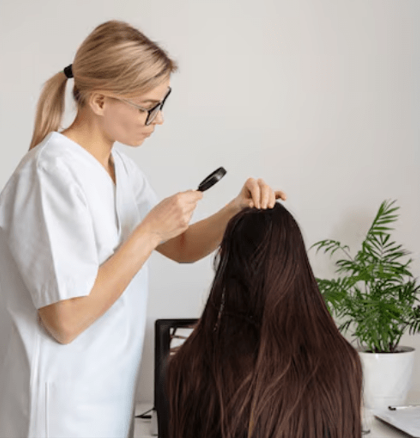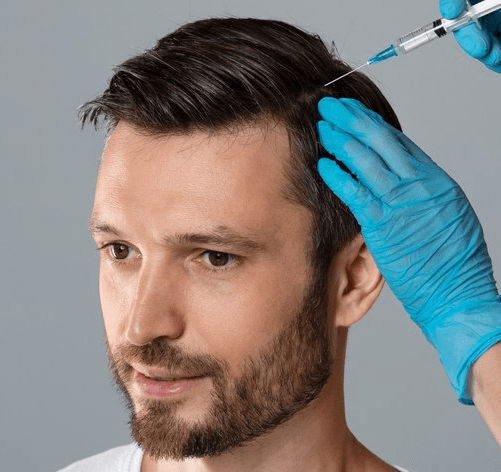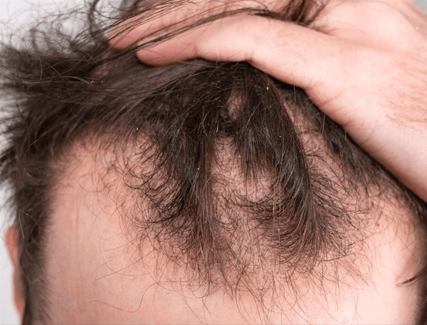With the rising popularity of medical tourism, more patients are traveling abroad for specialized procedures—including ptosis correction surgery, which addresses the drooping of the upper eyelids. While international surgery can offer cost savings, shorter wait times, and access to renowned specialists, many patients wonder: Is it safe to travel for ptosis correction?
The answer is yes—with the right planning and precautions. This guide breaks down the safety considerations, risks, and essential tips for international patients considering ptosis surgery overseas.
✅ Understanding the Safety of Medical Travel for Ptosis Correction
Ptosis surgery is generally safe when:
- Performed by a qualified oculoplastic surgeon
- Conducted in a reputable, accredited medical facility
- Supported by proper pre-operative assessment and post-operative care
Traveling abroad doesn’t inherently make the surgery riskier—but it does require more planning and vigilance to ensure a safe experience.
🩺 Key Factors That Affect the Safety of Ptosis Surgery Abroad
1. Surgeon Credentials and Experience
Look for:
- Board certification in ophthalmology or oculoplastic surgery
- Subspecialty training in eyelid and facial surgeries
- Extensive experience performing ptosis correction (ask how many procedures per year)
- Positive reviews from international patients
Tip: Ask for before-and-after photos and patient testimonials.
2. Accredited Hospitals or Clinics
Choose facilities that are:
- JCI-accredited (Joint Commission International) or have similar certifications
- Clean, modern, and equipped with emergency support
- Transparent about hygiene standards, safety protocols, and surgical outcomes
Tip: Avoid clinics that offer extremely low prices without clear qualifications or accreditations.
3. Thorough Pre-Operative Consultation
Before you travel:
- Schedule a virtual consultation to assess suitability
- Share your medical history, including previous eye surgeries or conditions
- Ask about anesthesia options (local vs general) and recovery time
Tip: Be honest about chronic conditions (e.g., diabetes, thyroid disease, myasthenia gravis) that may impact healing.
4. Realistic Travel Timeline
Patients often underestimate the recovery time needed before flying home.
- Most patients need 7 to 10 days for initial healing and suture removal.
- Swelling and bruising can last 2–3 weeks.
- Avoid long flights immediately after surgery to reduce risks of infection, blood clots, or pressure changes.
Tip: Add extra recovery days to your itinerary, especially if you’re flying long-haul.
5. Post-Operative Care and Follow-Up
Ask your clinic:
- How are complications handled after you return home?
- Will the surgeon provide remote follow-up via video or email?
- What emergency protocols are in place?
Tip: Choose a provider that offers aftercare instructions in your language and has a structured follow-up plan.
✈️ Traveling After Surgery: What to Expect
Traveling after ptosis surgery requires care:
During Recovery:
- Expect swelling, mild bruising, and temporary discomfort.
- Avoid strenuous activity, swimming, or sun exposure.
- Keep your head elevated and follow prescribed eye drop/ointment routines.
Before Flying:
- Get medical clearance from your surgeon.
- Use lubricating drops to prevent dryness during the flight.
- Wear sunglasses and carry a cold compress to ease discomfort.
Tip: Book aisle seats for easier movement and wear a surgical eye shield if recommended.
⚠️ Risks to Consider When Traveling for Ptosis Surgery
While many international patients have successful outcomes, be aware of:
| Risk | Prevention/Advice |
|---|---|
| Post-op infection | Choose a sterile facility, follow aftercare strictly |
| Surgical complications (asymmetry, overcorrection) | Pick a highly experienced surgeon |
| Lack of nearby emergency care | Stay close to the clinic for 7–10 days post-op |
| Language barriers | Choose a clinic with multilingual staff or translators |
| Inadequate follow-up after returning home | Ask about virtual check-ins and remote support |
🌍 Top Safe Destinations for Ptosis Surgery
If safety is your top priority, consider these countries with strong reputations in oculoplastic and facial surgeries:
- South Korea – Advanced eyelid techniques, medical tourism-friendly
📝 Checklist for Safe Medical Travel for Ptosis Surgery
✅ Research the surgeon’s credentials and experience
✅ Verify hospital/clinic accreditation
✅ Book a pre-operative consultation (virtual or in-person)
✅ Share your full medical history
✅ Plan to stay at least 7–10 days post-op before flying home
✅ Confirm post-op care and virtual follow-up availability
✅ Purchase medical travel insurance (includes surgical complications)
💬 Final Thoughts
Traveling abroad for ptosis correction can be a safe and rewarding experience—as long as you do your homework, choose qualified professionals, and allow proper time for recovery. With the right team and a thoughtful plan, you can achieve both functional and aesthetic improvement while enjoying world-class care overseas.




